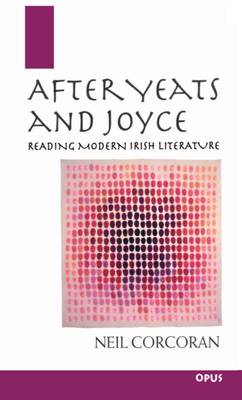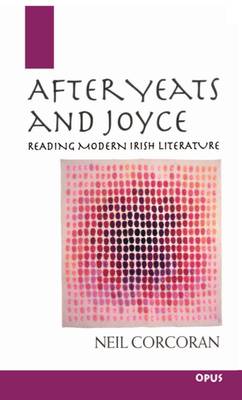
Je cadeautjes zeker op tijd in huis hebben voor de feestdagen? Kom langs in onze winkels en vind het perfecte geschenk!
- Afhalen na 1 uur in een winkel met voorraad
- Gratis thuislevering in België vanaf € 30
- Ruim aanbod met 7 miljoen producten
Je cadeautjes zeker op tijd in huis hebben voor de feestdagen? Kom langs in onze winkels en vind het perfecte geschenk!
- Afhalen na 1 uur in een winkel met voorraad
- Gratis thuislevering in België vanaf € 30
- Ruim aanbod met 7 miljoen producten
Zoeken
After Yeats and Joyce
Reading Modern Irish Literature
Neil (Professor, School of English, Professor, School of English
€ 53,45
+ 106 punten
Omschrijving
An introduction to Irish literature from the 1920s onwards. The title suggests the immense influence Yeats and Joyce have had on the styles, stances, and preoccupations of 20th-century Irish literature. Authors from Kinsella and Beckett to William Trevor, Seamus Heaney and Mary Lavin are included.
Specificaties
Betrokkenen
- Auteur(s):
- Uitgeverij:
Inhoud
- Aantal bladzijden:
- 206
- Reeks:
Eigenschappen
- Productcode (EAN):
- 9780192892317
- Verschijningsdatum:
- 7/08/1997
- Uitvoering:
- Paperback
- Afmetingen:
- 196 mm x 128 mm
- Gewicht:
- 224 g

Alleen bij Standaard Boekhandel
+ 106 punten op je klantenkaart van Standaard Boekhandel
Beoordelingen
We publiceren alleen reviews die voldoen aan de voorwaarden voor reviews. Bekijk onze voorwaarden voor reviews.









